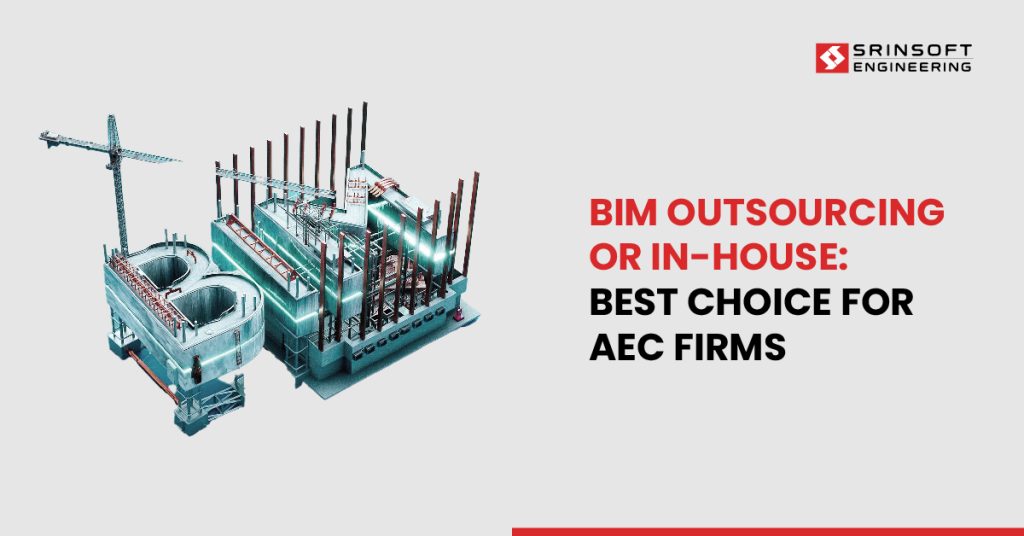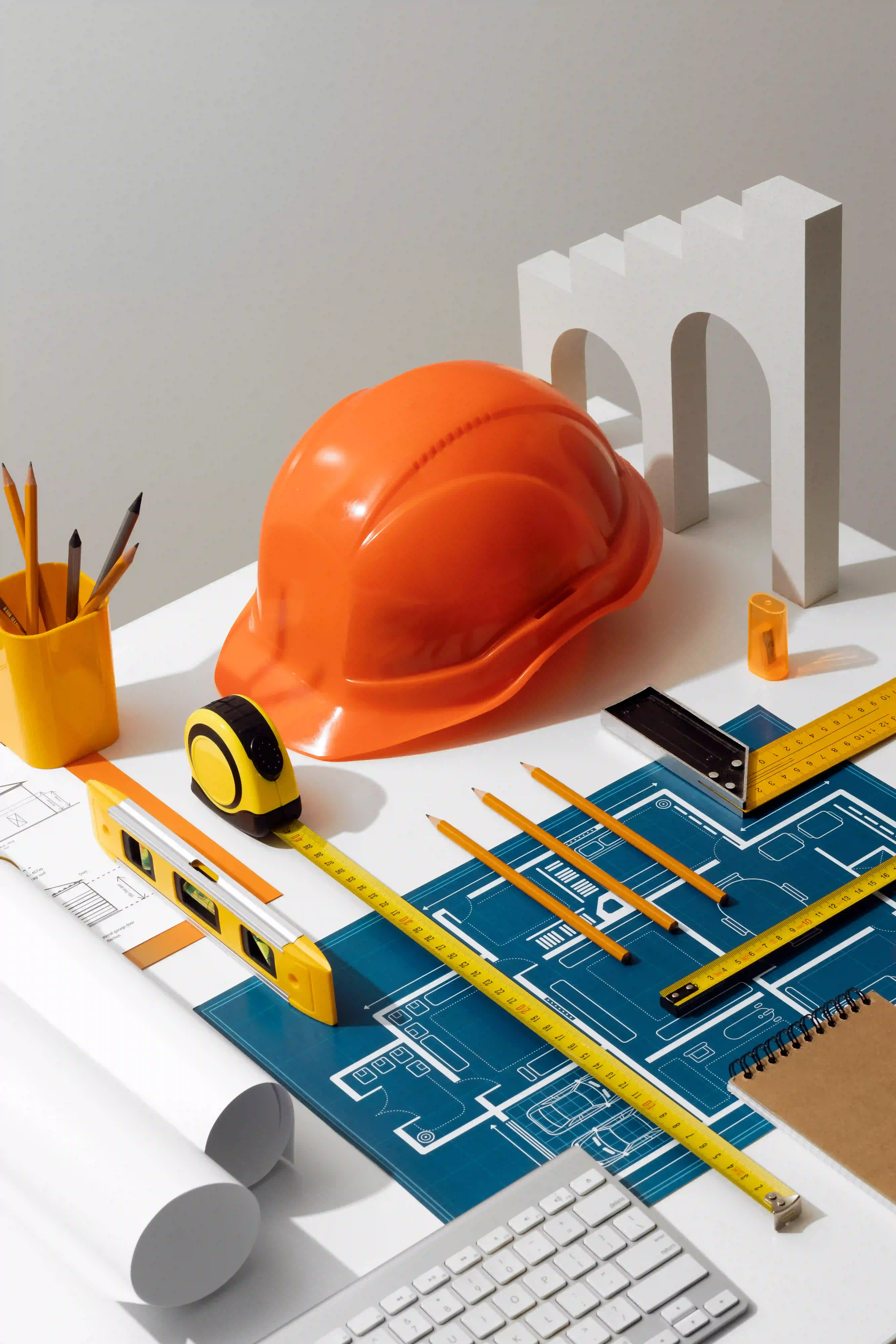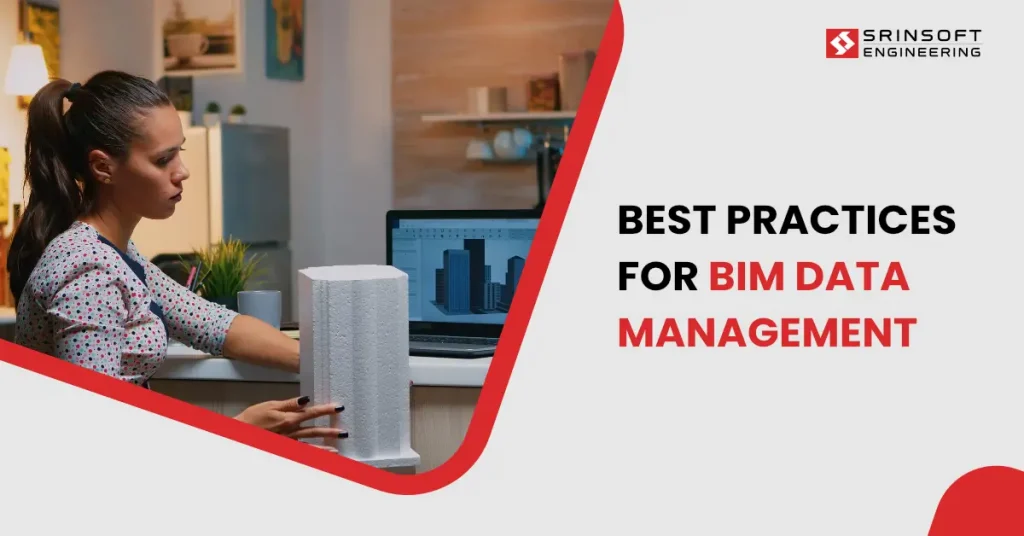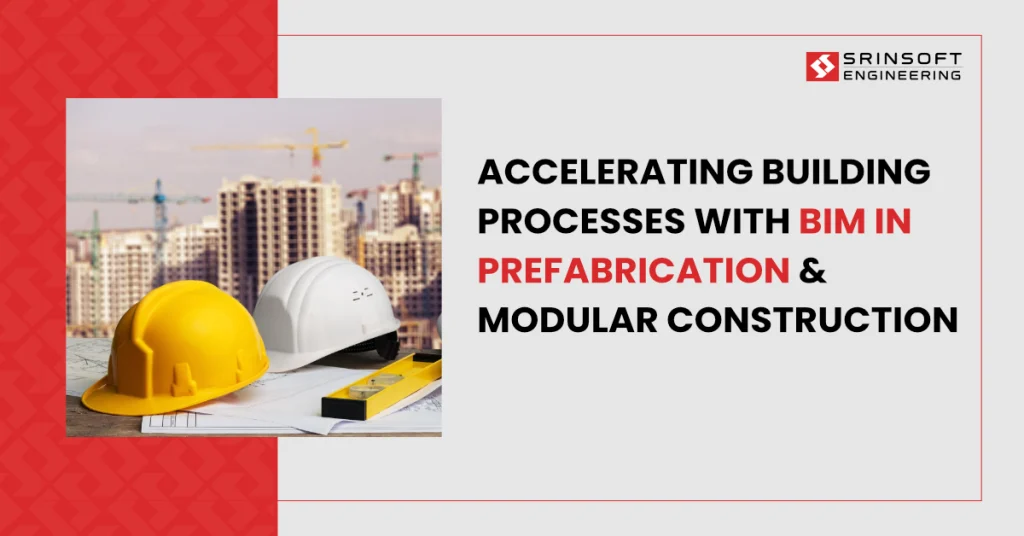
Let’s pose a question:
Imagine doing your personal taxes. You could do them all yourself—fill out forms, do some math, upload documents—online. Or you could hire a professional to get faster results, fewer costly mistakes, and a lot less stress.
Odds are, you’d choose the professional—because your time, money, and peace of mind matter!
When it comes to BIM, the same logic applies. In-house teams have their strengths too, but outsourcing offers, flexibility, speed, deep expertise, and cost savings—exactly what today’s AEC industry BIM strategy demands.
Outsourcing a BIM partner is generally cheaper, but here’s the caveat: don’t get carried away by hiring the lowest-cost option you can find—using a cheap third party is like going to a bargain dentist: it’s bound to be a painful experience.
Architecture, engineering, and construction (AEC) teams shape the schools our children attend, the offices we work in, and the homes we return to for relaxation. They call them projects— each demanding efficiency, accuracy, and collaboration throughout the lifecycle across various teams. Building Information Modeling (BIM) is like GPS for them, guiding them in the right direction, helping with 3D modeling, clash detection that may arise in execution, scheduling, and facility management.
If you are someone who has experience working with both models, you likely know the difference. But for those who haven’t, this blog breaks down both approaches and helps them make an informed decision that aligns with their firm’s vision.
If your BIM model isn’t constantly evolving with your project, are you really coordinating—or just reacting?
What Are In-House BIM Services?
In-house BIM refers to managing BIM processes internally within your organization. This includes hiring skilled professionals—such as BIM specialists, coordinators, and modelers—who are experts in latest technologies; purchasing necessary software (like the Autodesk suite); and setting up effective collaboration workflows
Pros of In-House BIM:
1. Full Control
The nice thing about in-house BIM processes is that you have much more control over your teams since they’re right there—and you’re their sole employer. You own and oversee every aspect of the BIM workflow.
2. Team Integration
BIM professionals work closely with other departments and often know each other on a personal level, enabling a deeper contextual understanding of project goals.
3. Real-Time Coordination
Issues can be resolved as they arise through internal meetings and immediate access to the design team.
Challenges of In-House BIM:
1. High Operational Costs
Salaries (internal BIM developers are expensive), software licenses, cost of training and re-training team members (with every version update), hardware, and infrastructure can strain budgets.
2. Talent Acquisition Challenges
Recruiting, training, and retaining skilled long-term hires is increasingly competitive.
3. Limited Scalability
With full-time in-house employees, your team becomes less flexible, and it becomes harder to add or remove specialists as per project specs.
What Are Outsourced BIM Services?
Outsourcing BIM services involves partnering with a specialized BIM company—one who works alongside you like a mentor and provides end-to-end modeling, coordination, and documentation support—to deliver strong results, help you avoid oversizing your team, and enhance your expertise for complex projects.
Your company can facilitate the process alongside them – host the meetings, provide agenda and minutes, signing off on floor approvals, etc.
BIM Outsourcing Benefits:
1. Cost-Effective
You pay for services as needed — no long-term overheads or fixed costs like salaries during off period or surprise software renewal fees.
2. Access to Global Expertise
Tap into a broader talent pool with niche skills and deep project experience – Need someone who’s fluent in LOD 400, ISO 19650, and Revit family creation? They’ve got you covered.
What’s more, success is measured by results—not by the number of people on the team. When you outsource, project delivery is evaluated strictly against deadlines and quality benchmarks, not headcount.
3. Faster Delivery
While you’re sleeping, someone across the globe is fixing your model. Think of it as the BIM version of continuous integration. Established providers often follow lean workflows, dedicated teams, and time-zone advantages for round-the-clock progress.
4. Advanced Tools and Software
Outsourcing firms stay ahead with the latest BIM tech—as they serve clients with all kinds of project needs—so you don’t have to worry about constant upgrades or pricey licenses.
Considerations Before Outsourcing BIM
✅ Data Security Concerns:
Transferring sensitive IFCs and RVTs can pose risks, but these professional teams come armed with NDAs, secure servers, and the latest ISO-certified protocols.
✅ Initial Onboarding Time:
Like downloading a massive Revit file on a slow internet connection, aligning the provider with your project standards can take some time, but it’s time well spent. You’ll need to get them up to speed on your naming conventions, clash detection thresholds, and coordination workflows.

Key Factors to Consider:
Let’s dive deeper into the key decision-making factors to help you evaluate which model works best for your business:
- Cost & ROI
- Scalability & Flexibility
- Access to Expertise & Technology
- Project Timelines & Delivery
- Collaboration & Communication
- Efficiency
When Should You Outsource BIM Services?
While in-house BIM team works well for firms with small, stable, predictable workloads, outsourcing becomes a strategic advantage for enterprise teams under certain conditions:
- Tight Deadlines
- Lack of Resources
- Complex Projects
- Cost Control
Conclusion
Why build an expensive internal machine when you can plug into a ready-made engine built for speed, scale, and precision?
BIM is now the digital backbone of the AEC world—basically, if your project doesn’t have it, it’s running on dial-up. Choosing between an in-house team and outsourcing isn’t just a budget call—it’s a long-term strategy move. Sure, in-house gives you control, but also comes with higher costs, slower scaling, and the occasional “we forgot to renew the license” moment.
Outsourcing, on the other hand? It’s like plugging into a power grid of speed, expertise, and flexibility—ideal for tight deadlines, big ambitions, or that one impossible client asking for 12 revisions by Monday.
It’s not a stop-gap anymore—it’s a smart play. Partnering with a proven team like SrinSoft Engineering (complete with AI-powered toolkits, thank you very much) lets your designers design, your builders build, and your coordinators actually sleep at night.
In the AEC industry, agility is everything and outsourcing BIM might just be the smartest move you make.
Why SrinSoft Engineering Is the Smart Choice for BIM Outsourcing
When choosing a BIM outsourcing services partner, you should look for expertise, reliability, technical capability, trustworthiness, a strong project portfolio, and a high client satisfaction rate. SrinSoft Engineering checks all the right boxes as a global BIM service provider trusted by A-list firms around the world—including NASA, Google, and Siemens Energy, to name just a few.
- Proven Global BIM Expertise
- Tailored BIM services for AEC
- Quality Assurance & Secure Data Handling
- Scalable Team Support
Ready to see it in action? Fill out the form and book your step-by-step demo today from the best BIM outsourcing company out there!


